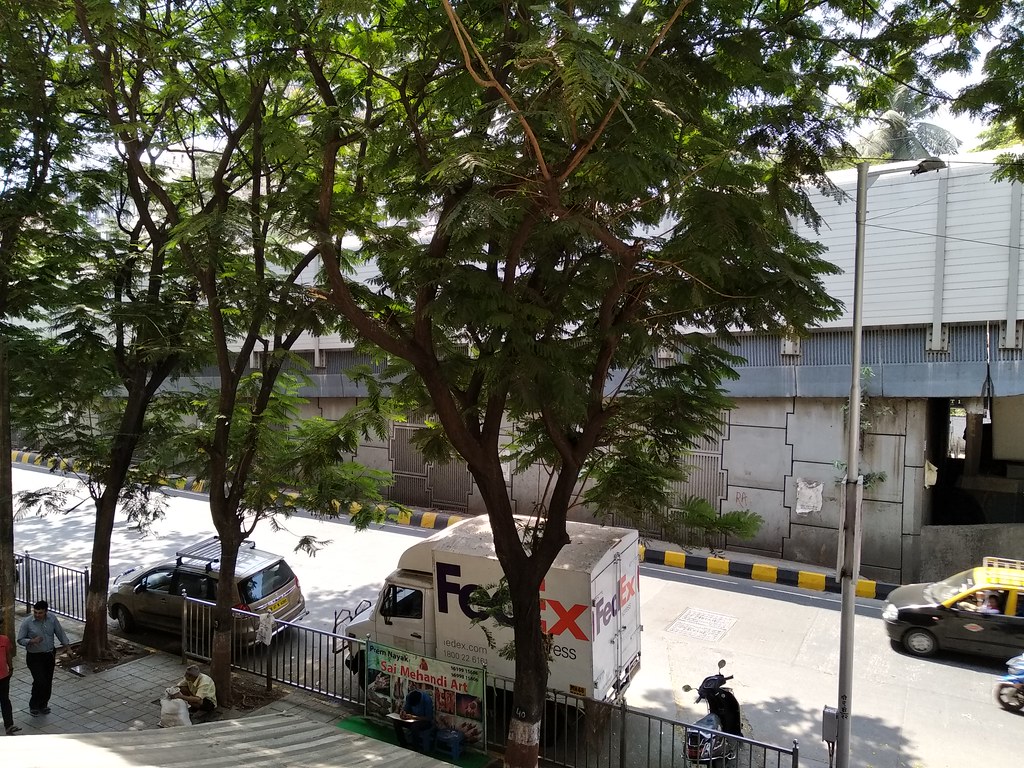Not too long ago I reviewed the InFocus Vision 3. It was a decent smartphone with decent hardware, decent battery life with an above average 18:9 Full Vision display. It offered great value for money, but only if all you wanted in a smartphone was a trendier, taller display and nothing else.
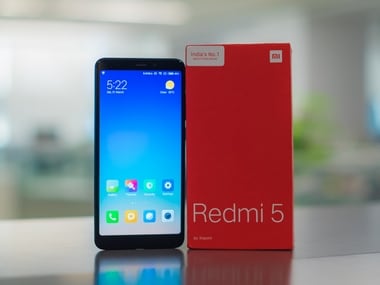
The Xiaomi Redmi 5. Image: tech2/Rehan Hooda
A few months later Xiaomi came out with an answer and it was the update to the popular Redmi 4, called the Redmi 5. In my first impressions, I praised Xiaomi as to how well-built the device was, but was unsure about the performance of the Snapdragon 450, keeping in the mind the shortcomings of the 425 and 435 SoCs we saw on the Redmi 4A and the Redmi 4 last year.
After almost two weeks of use, I am convinced, that the Redmi 5 once again is the smartphone to beat in the entry-level segment (between Rs 5,000 to Rs 8,000) with its only competition coming from the slightly higher priced Redmi Note 5 (Rs 9,999 onwards).
Xiaomi’s pricing sure is getting confusing these days. So should you choose the Xiaomi Redmi 5 (3 GB RAM at Rs 8,999) or go in for the Redmi Note 5 (3 GB RAM at Rs 9,999)? Read on to find out.
Build and Design: 8/10
Yes, the look and feel of a smartphone is everything to smartphone buyers (whether online or offline) and Xiaomi certainly got this right with the Redmi 5.
The smartphone definitely looks a lot pricier than its current sticker price, which starts from Rs 7,999 and ends at Rs 10,999. Xiaomi gave me the 3 GB RAM + 32 GB storage (Rs 8,999) model for review and I must say that the Redmi series of smartphones have come a long way.
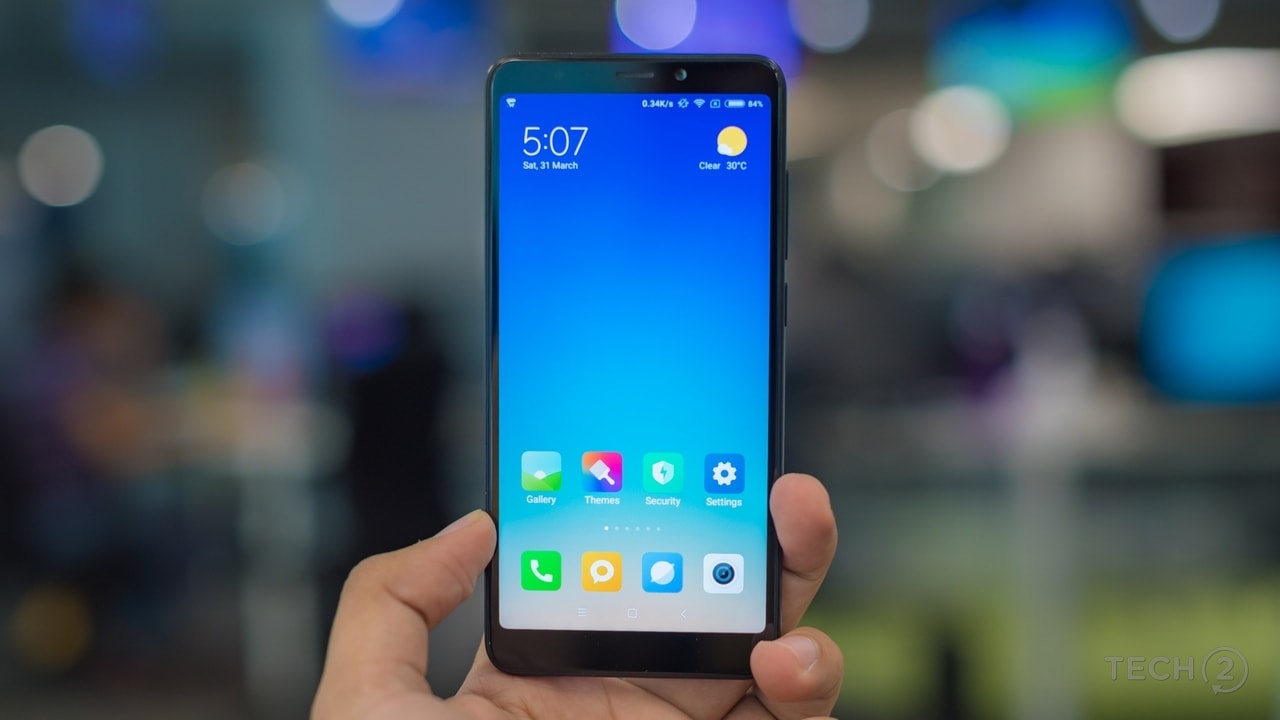
The Xiaomi Redmi 5 Looks like your typical 2018 smartphone with a taller display, but you need to keep reminding yourself that it's priced at just Rs 7999. Image: tech2/Rehan Hooda
From an all-plastic design with the Redmi 4A to the plastic and metal build with Redmi 4, Xiaomi has set a new benchmark for construction and build quality for smartphones that can be purchased at Rs 7,999.
Having shown it to plenty of friends, colleagues and family, most of them mistook it for a device that priced a lot higher in the Rs 15,000 range, simply because it felt solid and well-finished and surprisingly slim.
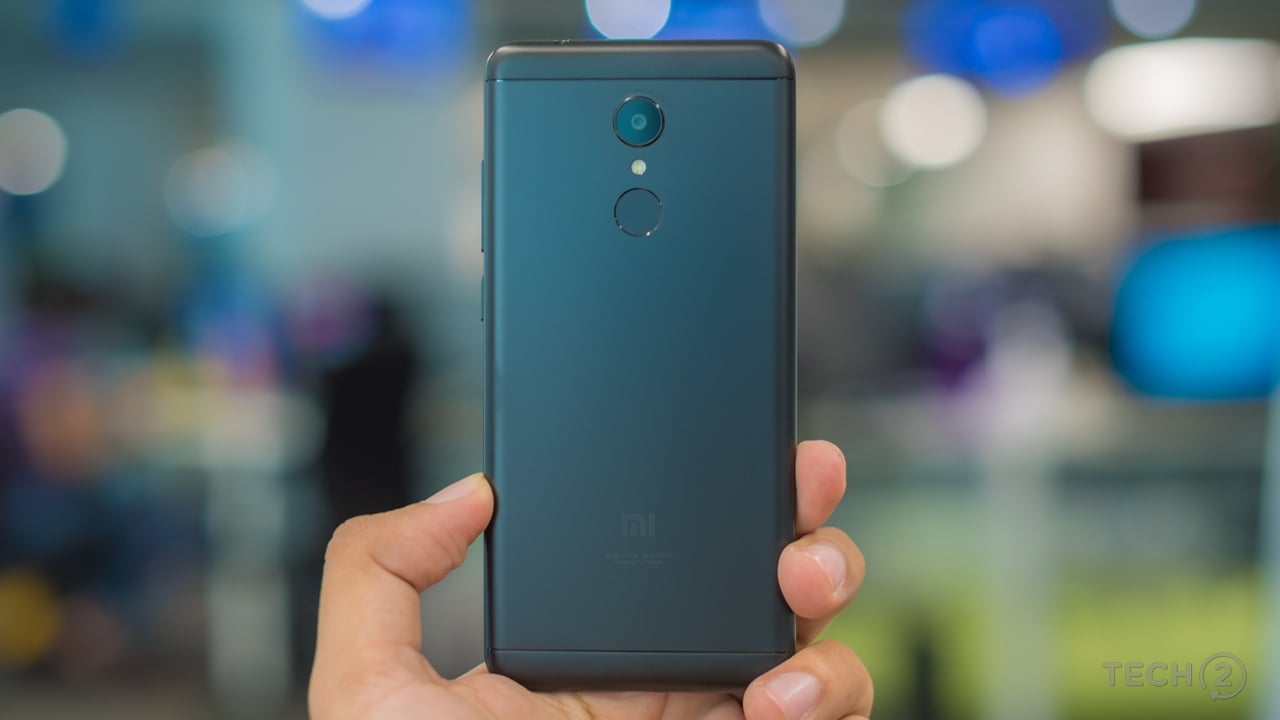
It is easy to wipe the grime off the back panel on the Xiaomi Redmi 5. Image: tech2/Rehan Hooda
Part of that impression comes from the 2.5D curved edge glass screen that goes from edge to edge making swiping inwards or outwards from the edges a seamless experience. This also adds to the show value of the device, giving it an overall smooth and rounded appearance around the corners and the sides.
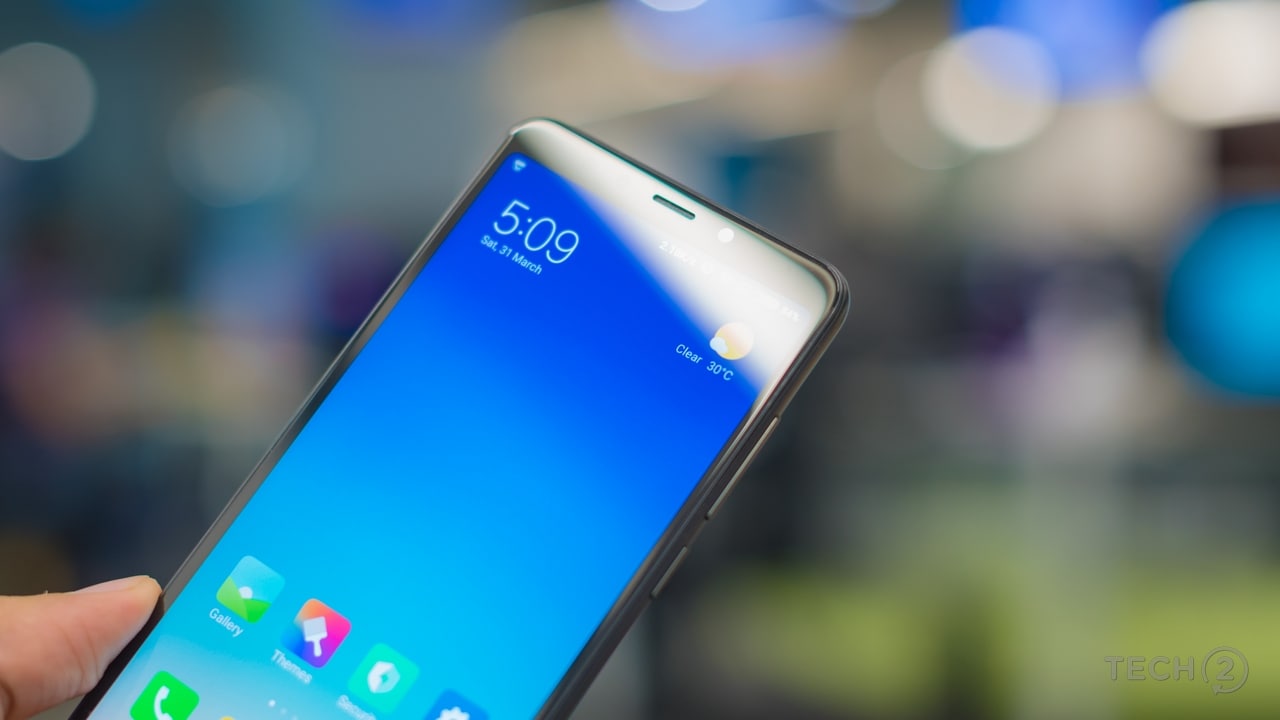
The 2.5 D glass gives the Xiaomi Redmi 5 a very polished appearance. Image: tech2/Rehan Hooda
The second part of that impression comes from the flat back, which is made of metal. While brands like Oppo and Vivo are shying away from a metal back, Xiaomi gives you a cold and premium- feeling when you hold the Redmi 5. The flat back and the 2.5D glass give this rather slim profile that looks leagues better than the Redmi 4 and the immediate competition.
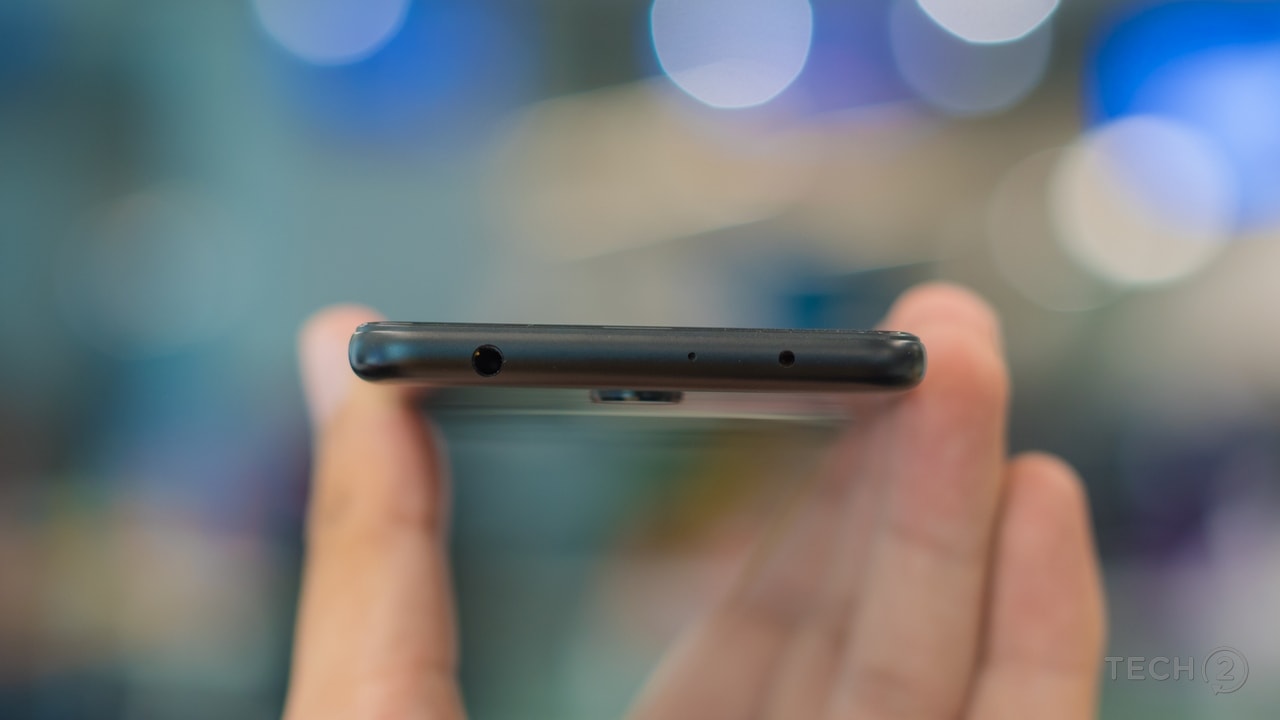
Topside showcases the headphone jack and the infrared module. Xiaomi Redmi 5 Image: tech2/Rehan Hooda
It gets really hard to tell that the frame of the Redmi 5 is made of polycarbonate (plastic). This is because it feels solid and has been finished in a perfectly colour-matched shade (at least for the black model) leading many to believe that the entire body is made of metal.

The buttons on the sides of the Xiaomi Redmi 5 have good travel. Image: tech2/Rehan Hooda
The matte black finish on the back has also been well thought of. While it does catch fingerprints like every other smartphone (in and above this segment) there seems to be some coating that makes them really easy to wipe off. After plenty of complaining in 2017 (especially for the Honor devices) it’s good to see that grime problem has finally been taken care of and that too in the entry-level segment.
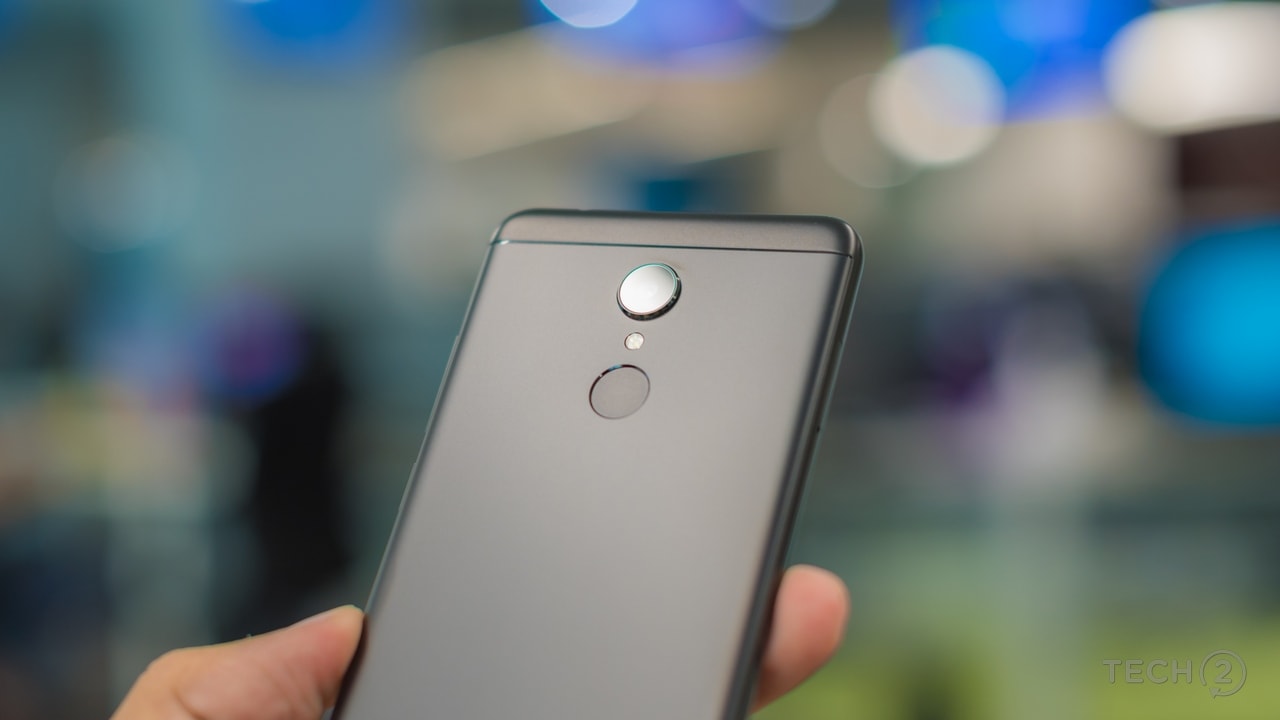
The Xiaomi Redmi 5 features an overall slim profile with a flat front and back. Image: tech2/Rehan Hooda
In short, Xiaomi’s quality and construction do set new standards for the entry-level segment, hinting at a much-needed design change for its Note 5 series that looks a bit dated in comparison to Honor’s recent smartphone range.
Display: 8/10
It's 2018, and it’s the year of taller displays with almost every second smartphone launched this year with a taller 18:9 aspect ratio display. Of course the trend this year is have a display with a notch (19:9 or 18.5:9), just like Apple did towards the end of last year, but I’m happy to see notch hasn’t made it to this entry-level segment yet.
While being late to the party with this one, Xiaomi’s 18:9 ratio display does make the device look a lot trendier than the plain Jane Redmi 4, but we have already had a similar, display on the InFocus Vision 3, so how does this one fair?
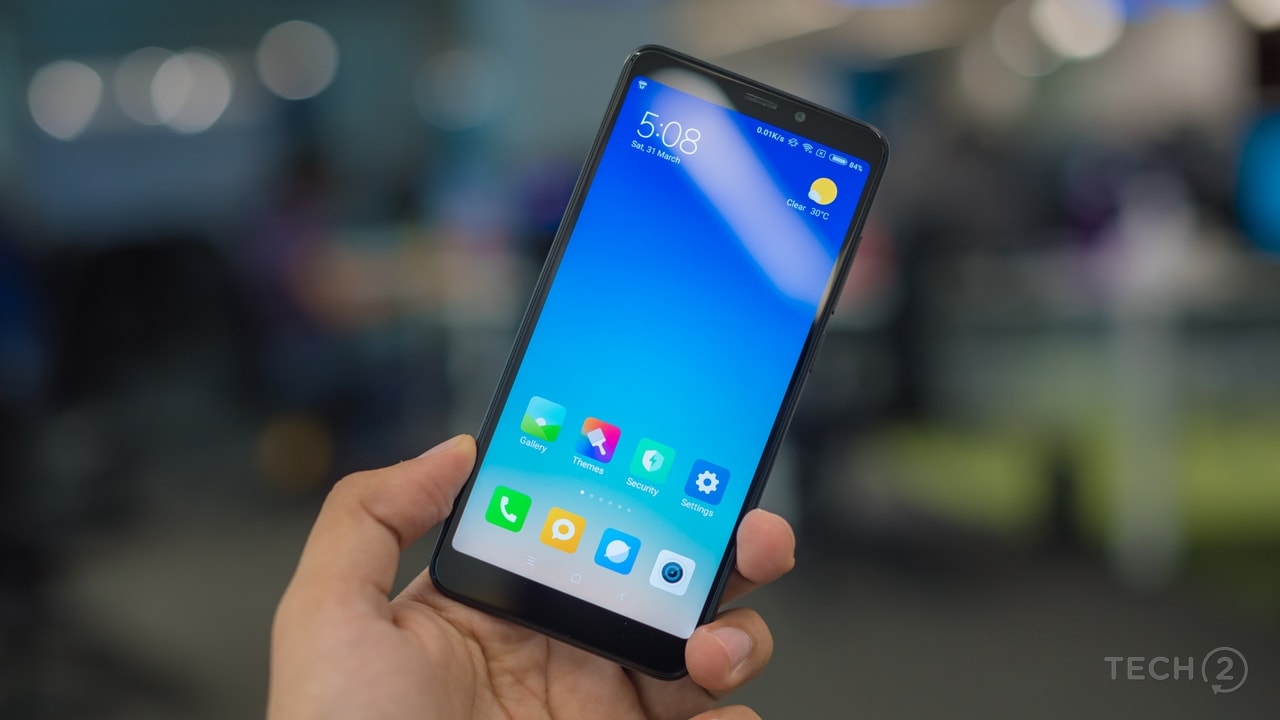
The Xiaomi Redmi 5's display is leagues better than the one on the Redmi 4. Image: tech2/Rehan Hooda
Well, its leagues better than last year’s Redmi 4 and at par with the unit on the InFocus Vision 3. Pixelation is barely visible with the 1440 x 720 pixels display and this works well when it comes to reading text or viewing photos. Sticking to the HD+ resolution also worked wonders to the smartphone’s battery life. More on this later.
The display is bright enough in direct sunlight with text and images being legible in almost any kind of lighting scenario you will come across in day to day usage.
In fact, the display was good enough to convince many that this smartphone belongs to the budget range when combined with the construction quality of the device.

Viewing angles of the Xiaomi Redmi 5's display are surprisingly good for an entry-level smartphone. Image: tech2/Rehan Hooda
Colours were not too saturated and reflected more natural tones which I personally prefer.
Another detail that I loved about the display is the screen above it, which barely caught any fingerprints. Even if I do manage to grease up the display (which was rare), a swipe with a tissue, handkerchief or my jeans was enough to make it look squeaky clean.
Features: 8.5/10
This is possibly the most feature-packed smartphone you can get in this price range, given the hardware that you actually get for that Rs 8,999 sticker price.
There’s a 5.7-inch HD+ LCD display with an 18:9 aspect ratio and a Qualcomm Snapdragon 450 (14 nm) lying right below it. Inside, you also get 2 GB/ 3 GB/ 4 GB RAM options with 16 GB/ 32 GB/ 64 GB internal storage variants respectively. The unit I received for review came with 3 GB RAM and 32 GB storage. The storage is expandable and will accept microSD cards in its hybrid SIM slot.
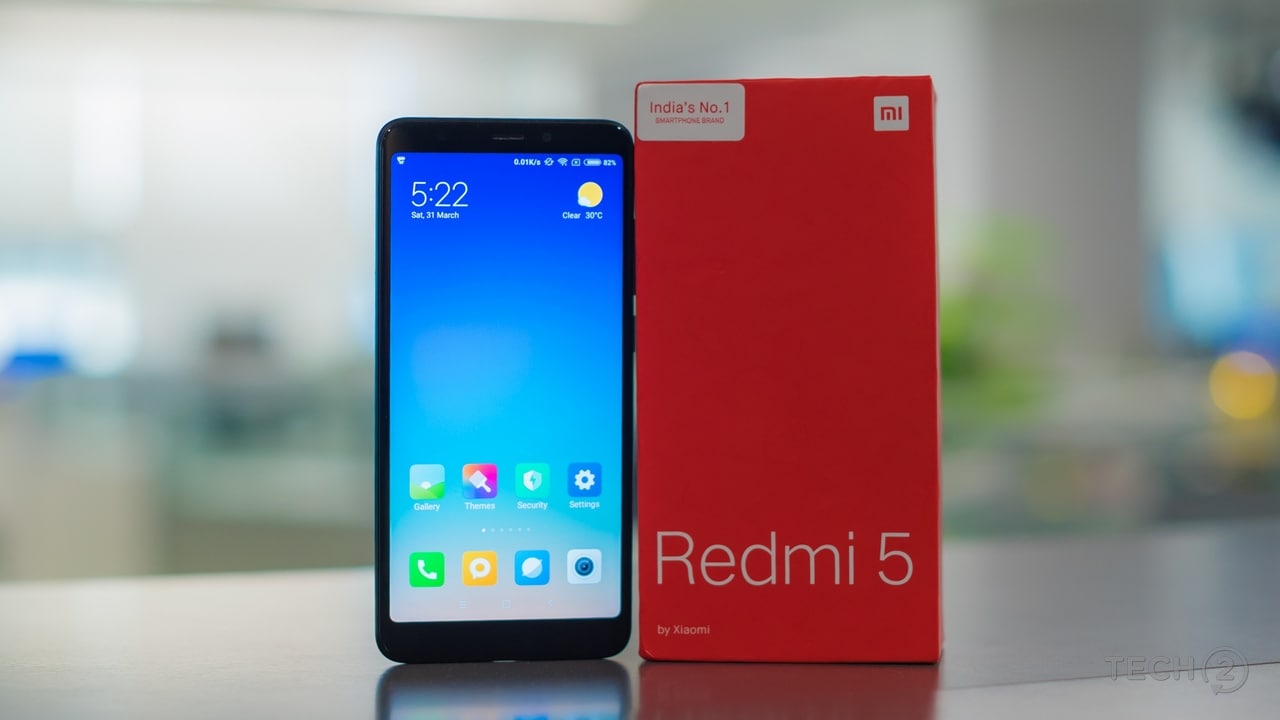
Everything surely looks good on paper. Image: tech2/Rehan Hooda
The cameras on offer include a 5-elements lens, unit with a 12 MP sensor and an f/2.2 aperture for the primary and a 5 MP shooter for the selfies.
Connectivity options include Wi-Fi 802.11 b/g/n, Bluetooth 4.2 and support for 4G LTE radios with dual SIM support. There’s also GPS, an infrared port, a micro USB charging port and a 3.5 mm headphone jack, along with the standard array of sensors.
The battery sees a drop in capacity to 3,300 mAh over last year’s 4,100 mAh unit. Thankfully, Xiaomi’s engineers managed to keep the performance consistent as you will find out in the Battery section.
Software: 8/10
It may not be the latest one in terms of Android versions, but Xiaomi’s MIUI 9 packs in enough to keep the experience consistent and polished which is a lot to ask for in the entry-level segment.
The Redmi 5 comes with MIUI Global 9.2 ROM and Android 7.1.2 as the base with patch level 2018-01-01.
While I’m tired of reminding Xiaomi that it’s 2018 and that the latest Android version in existence is 8.1 Oreo, Xiaomi seems to believe that most users won’t care and their sales figures with the older version of Android in their smartphones are evidence of this.
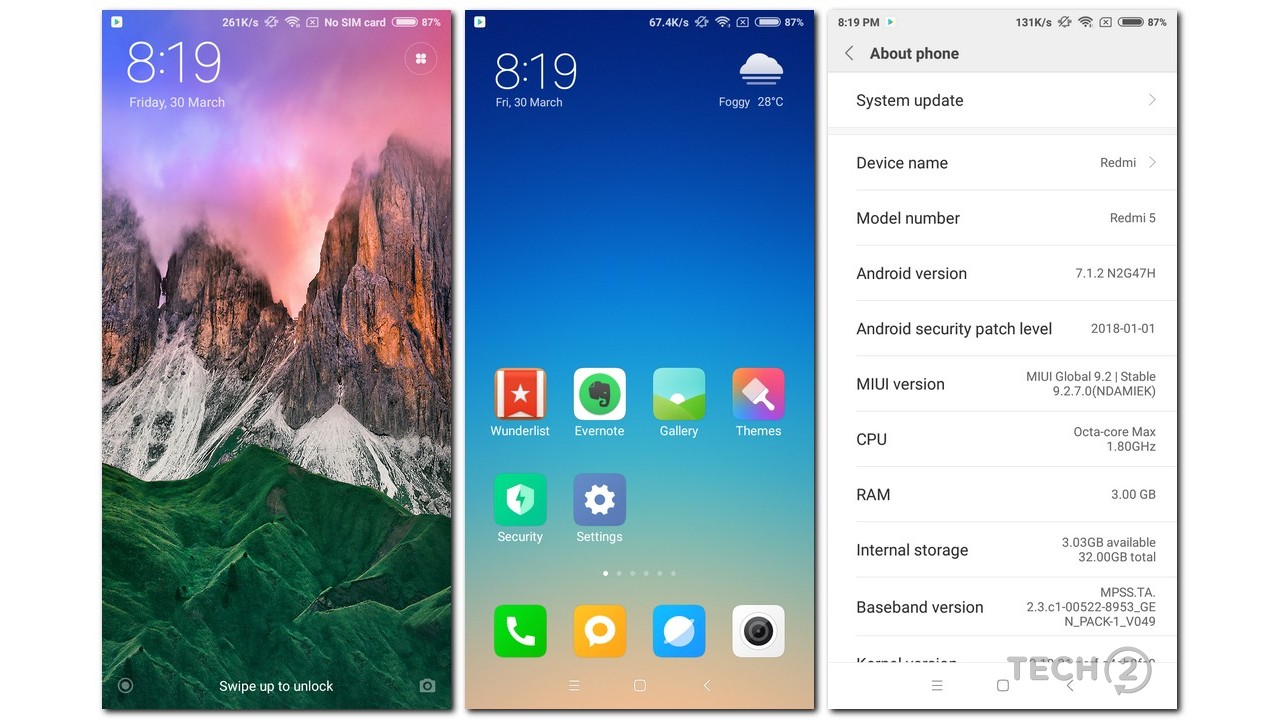
Xiaomi just doesn't get it that Android 8.1 Oreo is the latest version of Android.
Indeed, MIUI 9 is still better polished, consistent and smooth in comparison to any other custom skin out there and it shows when you use the Redmi 5.
While I’m more a fan of stock Android, I did not feel lost in Xiaomi’s MIUI 9 and it makes a bit of sense since it provides a massive and updated theme store, great battery optimisation, and a silky-smooth UI to play around with alongside some stock Android features like split-screen multi-tasking and more.
In short, there’s nothing much to complain here save for the Android version; more so because the smartphone despite having 3 GB RAM and an entry-level SoC performs more like a budget smartphone.
Performance: 7.5/10
The Xiaomi Redmi 5 packs in a good balance of hardware. This would include a 14 nm Snapdragon 450 SoC with an Adreno 506 GPU and 3 GB RAM. While performance was an issue with the earlier Redmi 4A, it became less of a problem with the Redmi 4. With the Redmi 5, I’m happy to say that it’s not a problem anymore.
Part of the reason for that bump in the user experience is the presence of a new 450 SoC which comes with an Adreno 506 GPU. Manufactured on the FinFET 14 nm process, it means that it does not heat up much and also delivers better battery life as compared to other entry-level smartphones in its price range.
The 506 ensures that the user interface runs smoothly but I’m pretty sure that Xiaomi has made some optimisation here to ensure that MIUI 9 runs buttery smooth. To give you a better idea of its performance, simply pick up a Redmi Note 4 or a Redmi Note 5 as the same GPU takes residence out here as well. The only difference here is that same GPU has fewer pixels to drive because the display only features a 720p resolution as opposed to the 1080p resolution on the Note 4 and the Note 5.
This also meant that gaming was not a problem, with most games being able to run at high settings. Asphalt 8 Xtreme ran at ‘HDPI’ density with the visual quality set to ‘Better Quality’ which is impressive for a smartphone in the entry-level segment. Real Racing 3 was playable albeit with lowered texture settings. In short, the Redmi 5 is good enough to take on most 3D titles and will not disappoint like most other smartphones in this price range. Casual games and multi-tasking will not slow down this device. A point to note here is that device remained cool despite playing Asphalt 8 Xtreme for half an hour or more which is was expected considering that SoC was designed to run at a lower clock speed.
The audio experience with the Xiaomi Redmi 5 was not disappointing either. Playing my favourite tracks using Apple Music saw the balanced audio quality which was decent enough, given its price. Call quality was good and the speaker is loud enough to watch movies in a closed room, just don’t try watching them in a local train or in an open-air cafe unless you have pair of headphones with you.
Camera: 7/10
Indeed the only giveaway that Redmi 5 is not such a great choice is when you launch the camera and click a photo.
The device is a bit slow to capture images, and you often see the thumbnail loading to generate the preview of the last image shot in the viewfinder. Turn on HDR and that thumbnail takes a few seconds to generate.
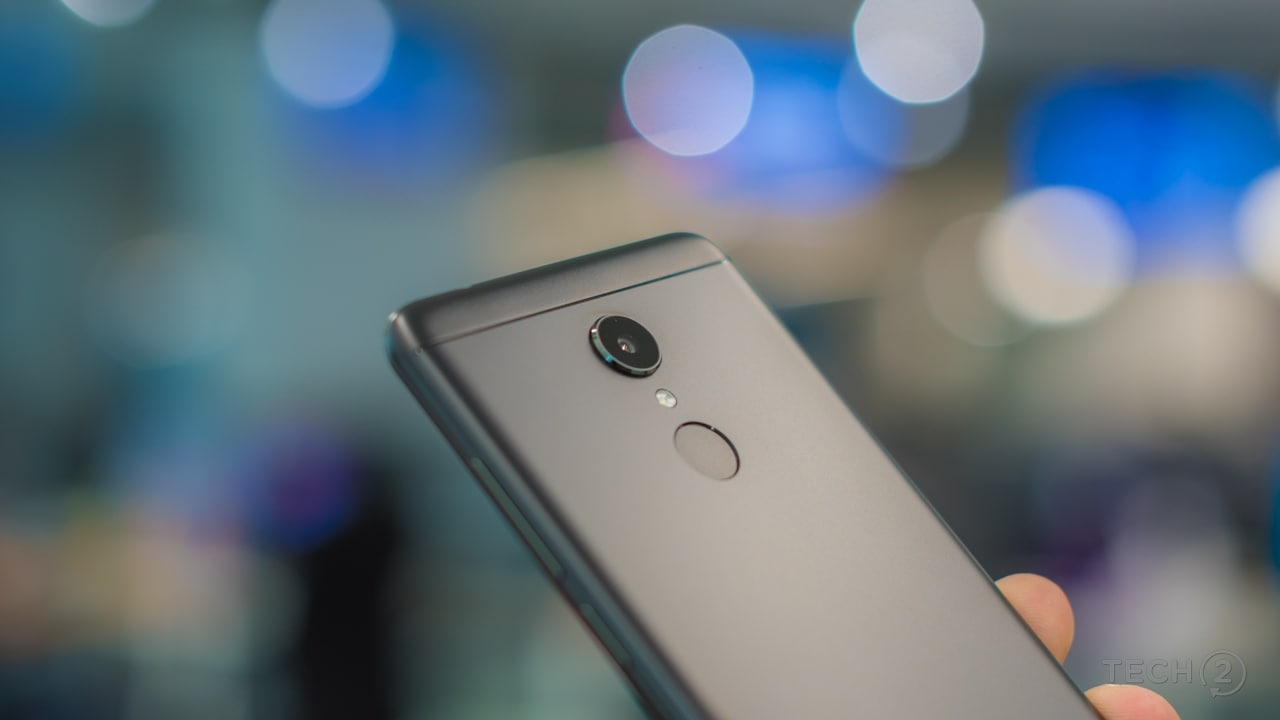
The camera is the only area of the Xiaomi Redmi 5 that sees lacklustre performance. Image: tech2/Rehan Hooda
Autofocus was slow in most cases and at times even in bright daylight, the camera missed objects that were bang in front of them like a tower against a clear blue sky.
Thankfully, most of the times, the camera performed decently, but don’t expect photos to look sharp and clean as the resolved details in all images were not too good.
In most shooting scenarios the camera did just fine but I never came across a photo that I was satisfied with which is a bit disappointing because the Redmi 4 was a better performer here.
Even close-ups in slightly dim lighting saw the autofocus system being unsure casting a slight blur.
In low light, the camera is almost not usable but it would be too much to expect in the entry-level segment.
The selfie camera was decent as well and showcased a good amount of detail in daylight, but was not exactly usable in low light despite that front-facing flash.
Video recording quality was capped at Full HD and was decent with good detail. There plenty of dropped frames while panning the camera.
Battery: 9/10
With a 3,300 mAh battery I did not expect the smartphone to perform in this area, but to my surprise, it did well. The combination of balanced hardware choices for this smartphone meant that Xiaomi was able to deliver the same level of battery performance using a smaller 3,300 mAh battery that it did with a 4,100 mAh unit on the Redmi 4.

PC Mark Work 2.0 Battery Life results
Our standard PC Mark Work 2.0 battery life test showed 12 hours and 18 minutes which is a tad bit higher than the 12 hours and 15 minutes achieved by the Redmi 4 with a much larger battery. Good stuff indeed!
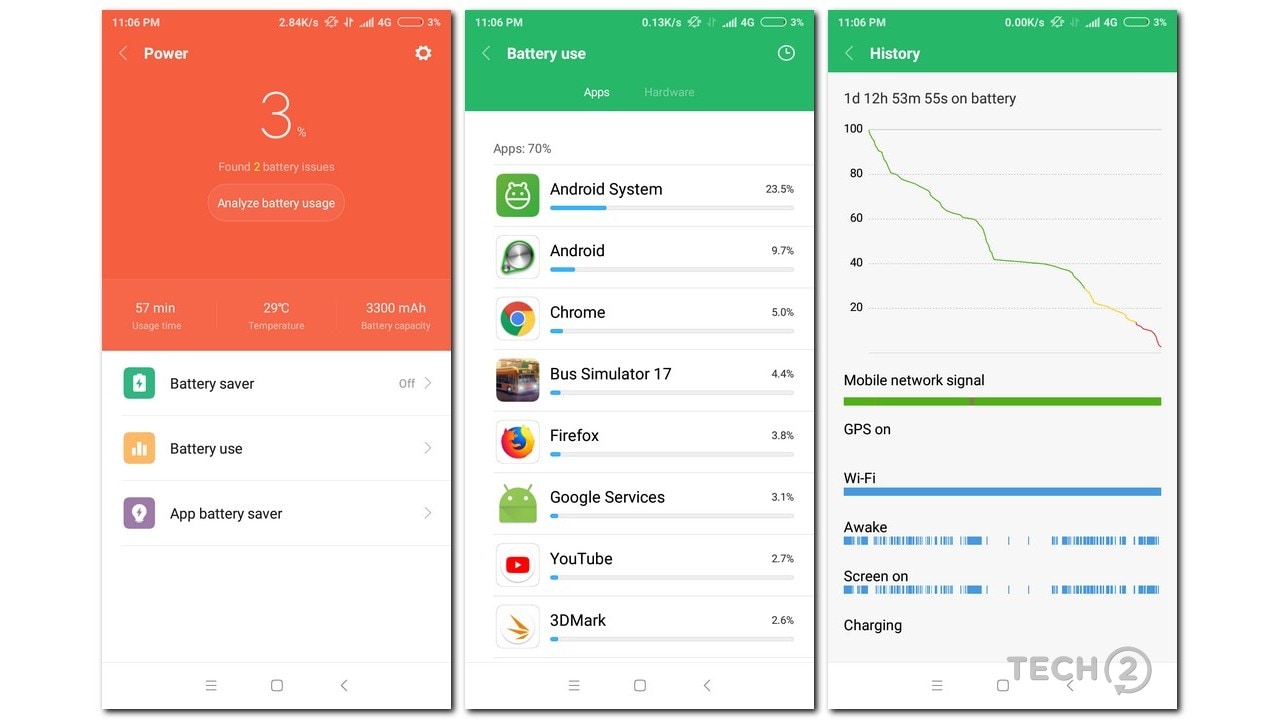
Battery life on the Xiaomi Redmi 5 is top notch.
Seems like the combination of a 14 nm SoC combined with an HD+ display and some killer software optimisations saw me get through 2 work days of normal use (about 1 day and 12 hours of standby), which is impressive. Casual users who simply use their smartphone for texting should see better battery life. What I like even more, is how the engineers managed to make the smartphone slimmer while maintaining the battery life of the previous model.
Verdict and pricing in India
All said and done, the Xiaomi Redmi 5 is the smartphone to beat in the entry-level segment. It can easily take down any other offering in the 'performance vs value for money' debate and now it even looks good.
The problem with Redmi 5 is Xiaomi’s pricing.
The Redmi 5 is priced between Rs 7,999 (Rs 8,000) and ends at Rs 10,999, which is ridiculous considering that you get an average camera and an entry-level chipset.
The model that I received for review is priced at Rs 8,999 (or Rs 9,000), which comes eerily close to the Redmi Note 5 that is priced at Rs 9,999 (or Rs 10,000) that comes with a much better camera and a bigger display.
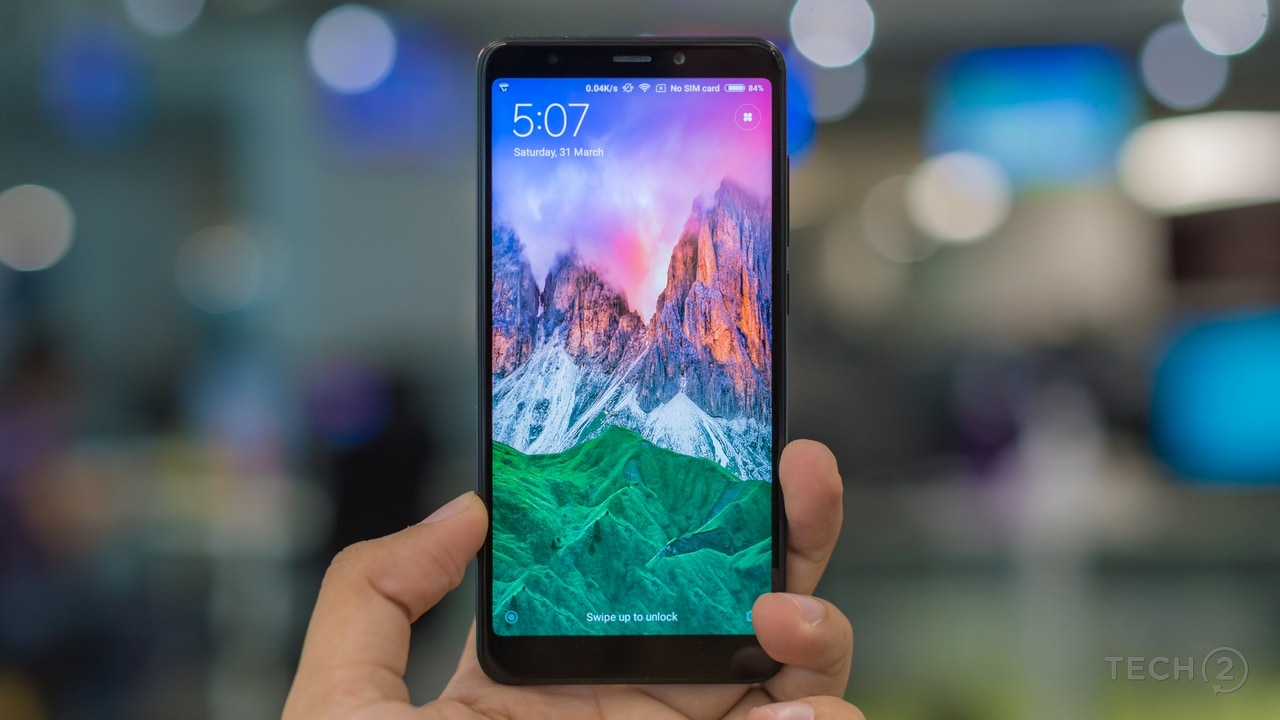
A surprisingly great package with confusing pricing. Xiaomi Redmi 5 Image: tech2/Rehan Hooda
My advice on buying a Redmi 5 is to go for it only if you are buying the 2 GB RAM variant that is decently priced at Rs 7,999. For this, you get immense value for money.
Go in for the 3 GB RAM model, only if you are on a tight budget.
Else, you might as well spend Rs 1,000 more and get a Redmi Note 5 instead. You will get a better camera, a better FHD+ display and a bigger battery along with more internal storage.
As you can see, Xiaomi’s weird pricing sees the Redmi Note 5 cannibalising the Redmi 5 despite being a great feature-packed offering. Xiaomi needs to figure out some clear margins and come out with fewer variants to avoid such problems in the future.
Specifications
The Xiaomi Redmi 5 (32GB, 3GB RAM) features a 5.7-inch HD+ display with a resolution of 1440 x 720 pixels and is powered by a 1.8GHz octa core processor and has 3GB of RAM. It comes with 32GB of inbuilt storage, expandable upto 128GB and has a 12.0-megapixel rear camera and 5.0-megapixel front camera. It comes with Android 7.1 Nougat OS and support a 3300mAh battery capacity with 3G & 4G.
Display
| Screen Type | HD+ Capacitive Touchscreen |
|---|
| Screen Size | 5.7 inches |
|---|
| Screen Resolution | 1440 x 720 |
|---|
Processor
| Processor | Octa Core |
|---|
| Speed | 1.8 GHz |
|---|
Memory
| Internal Memory | 32GB, 3GB RAM |
|---|
| Extendable Memory | 128GB |
|---|
Camera Features
| Sensor Resolution | 12MP |
|---|
| Features | Single LED flash, PDAF, Low light enhancement, HDR, Panorama, Burst mode, Face recognition |
|---|
| Video resolution / frame rate | 1080p / 30fps |
|---|
| Front facing camera | 5MP |
|---|
General Features
| OS | Android 7.1 (Nougat) |
|---|
| Bluetooth Features | 4.2 |
|---|
| Dual Sim Support | Yes |
|---|
| Messaging | SMS, MMS, E-mail |
|---|
| GPS | Yes, with A-GPS, GLONASS, BeiDou |
|---|
| USB Connector | Yes |
|---|
| Available Colours | Gold, Lake Blue, Black, Rose Gold |
|---|
Carrier Networks
| 2G | GSM 850/900/1800/1900 MHz |
|---|
| 3G | WCDMA 2100 MHz |
|---|
| 4G | Yes |
|---|
Data
| WiFi | 802.11b/g/n |
|---|
Body
| Dimensions | 72.8 x 7.7 x 151.8 mm |
|---|
| Weight | 157 grams |
|---|
Sound
| Media Player | Music formats: MP4, M4V, MKV, XVID, WAV, AAC, MP3, AMR, FLAC |
|---|
| Speakerphone | Yes |
|---|
| Audio connector | 3.5mm |
|---|
Battery
| Type | Li-Ion |
|---|
| Capacity | 3300 mAh |
|---|
After Sales Service
| Warranty Period | 1 Year |
|---|
Price
| Warranty Period | 1 Year |
|---|
Published Date: Apr 06,2018 09:41 am | Updated Date: Apr 06, 2018 10:05 am






